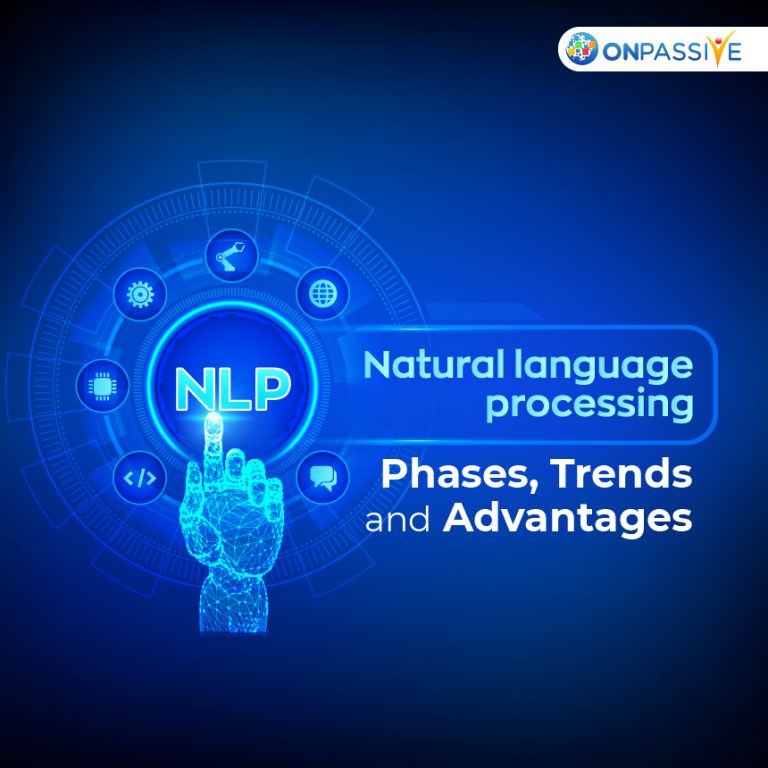
What is Natural Language Processing (NLP)?
In this digital era, a significant part of our communication takes place either by voice or text. And most of the enterprises or organizations across the globe use the same communication mode to converse with their clients and customers.
But have you ever imagined a situation where computers communicate with us just as humans would do – understanding the context, the tone of your voice or the emotion involved in your text? Well, all this is possible with the help of Natural Language Processing, or NLP.
In simple words, Natural Language Processing is a technique that provides computers with the ability to understand the human text and spoken words, analyze it and take actions as humans do. NLP powered with Machine Learning (ML) algorithm and deep learning models identifies and extracts the information, and then converts it into computer language and learns from it.
Let us understand it with an example. When NLP chatbots are built to respond to calls and emails, it requires massive data to train the chatbots. Here, the real conversation between the agents and customers are stored as data.
And this data is fed to NLP chatbots powered with Machine Learning (ML) algorithm. NLP in AI extracts the most important and valuable information from this data, analyses it, finds a pattern and learns from it. This, in turn, is used in future conversations.
Different Phases of Natural Language Processing (NLP)
There are six different phases of NLP, and they are:
1. Lexical Analysis
Lexical Analysis is the first phase of NLP where word structure is identified and analyzed. In this phase, the whole text is divided into paragraphs, sentences and words.
2. Syntactic Analysis or Parsing
In Parsing, words are arranged in a certain manner to show the relationship among the words. Words in the sentences are analyzed for grammar. It rejects sentences like ‘The bone eats the dog”.
3. Semantic Analysis
The semantic analysis draws dictionary meaning or literal meaning from the text. All the words in the content are read and real meaning is obtained from the text. It rejects sentences like ‘hot ice-cream.’
4. Discourse Integration
Discourse Integration analyzes the relative meaning of sentences to get a sense of context. The meaning of a sentence is understood by analyzing the meaning of its preceding sentence as well as the succeeding sentence.
5. Pragmatic Analysis
Pragmatic Analysis reinterprets a statement to make sure that the interpreted meaning and the contextual meaning is the same. It retrieves aspects of the language that requires real-world knowledge.
Top trends in NLP are:
- Sentiment Analysis on Social Media Platforms
- Multilingual NLP
- Market Intelligence Monitoring with NLP
- NLP chatbots
- Automation in NLP
- Deep Learning and NLP
Advantages of NLP
- NLP processes and analyzes a massive volume of data within a fraction of seconds or minutes. All kinds of documents, online reviews, emails and other forms of texts are analyzed on large scale.
- NLP can be used to structure a highly unstructured data source.
- With the help of sentiment analysis, NLP is able to identify the language and emotions involved in a customer’s text and route the customer to the appropriate employee or department. This will help to improve customer satisfaction.
- Multilingual NLP helps the system to communicate with users in their language and offers exact answers within seconds.
- NLP can be used to track and monitor the trends in the market and provides a detailed report on market Intelligence.
Concluding Thoughts
Despite being at its nascent stage, NLP has already become an inevitable technology in various sectors across the globe. The ability to identify multiple languages and predict the emotions involved in the text in real-time are excellent features that NLP possesses. The way it is improving the customer satisfaction rate of various enterprises is redefining the business industry.
With the seamless and non-stop advancements in Artificial Intelligence (AI) and Machine Learning (ML), the future of NLP is bright. And what we are witnessing is just the beginning stage of this technology. Natural Language Processing is expected to fill the gap between computers and human language in the near future.


